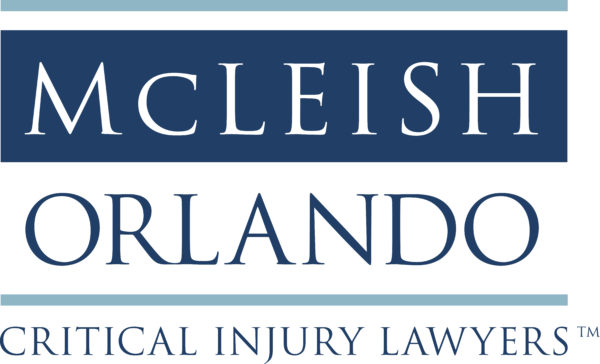 Most of the doctors in Canada are professional and highly skilled. However, medical errors can occur for a multiplicity of reasons in all stages and areas of healthcare and these errors can have very serious consequences.
Most of the doctors in Canada are professional and highly skilled. However, medical errors can occur for a multiplicity of reasons in all stages and areas of healthcare and these errors can have very serious consequences.
Common types of medical errors include misdiagnosis, surgical errors, mistakes prescribing and administering prescriptions and treatment errors that affect the mother and child during pregnancy and childbirth.
Medical errors contribute to between 23,000 and 60,000 deaths in Canada annually and cause pain and suffering to many more individuals. For some of those injured, or for the family members of those who have died, bringing a medical malpractice suit can provide fair compensation for losses suffered as a result of medical error.
[youtube url=”https://www.youtube.com/watch?v=z7gtasQNn3E” width=”500″ height=”300″]
Elements of Medical Malpractice
Medical error is not always enough to make a successful medical malpractice claim. On top of proving wrongdoing you need to also prove that the wrongdoing caused harm, and that the harm is significant and permanent enough to merit compensation.
If you, for example, are misdiagnosed or have something go wrong during a procedure, consider the following questions in sequence to see if you might have a medical malpractice claim:
- Was the treatment provided to you negligent? Negligence in medical malpractice means that the treatment or care you were provided was below a level you would have been provided by a reasonable doctor with similar training or of the same specialty. You need to be able to prove that your doctor should have done something different, and prove what that something is.
- Did you suffer some harm or injury as a direct result of your doctor’s negligence? Did the negligence leave you worse off than you would have been had you received proper care? This is known as “causation”.
- Did the injury or harm you suffered result in damages? Damage can be classed into “pecuniary” or “non-pecuniary” damages. Pecuniary damages refer to compensation that be calculated such as loss of income, future loss of earning capacity, cost of care, cost of housekeeping, etc. Non-pecuniary damages, or “general damages” are often awarded to compensate for pain and suffering as a result of the malpractice.
Barriers to Succeeding at Medical Malpractice Claims
Given the elements you need to prove for a successful malpractice claim, evidence is extremely important. You will need thorough records to both document the initial act or omission of negligence as well as the injury, pain and suffering that this negligence has caused.
The evidence of other physicians is especially important to proving the second element, that you were provided substandard care. Unfortunately, doctors are sometimes reluctant to testify against other doctors, especially if the negligence is not overtly evident.
On top of needing very clear evidence, starting a medical malpractice claim means you will be going up against the Canadian Medical Protective Association (CMPA), a not-for-profit organization that provides advice and assistance to its members (almost all physicians in Canada) when a claim of medical malpractice is brought against them. They are essentially an insurance company for physician malpractice and will both defend and payout any liability claims brought against their members. They are known for vigorously defending their members and being reluctant to settle cases unless expert evidence can absolutely prove the negligence of the doctor.
Because they are so aggressive, unless your potential claim has serious lifelong consequences, it might not always be worth the time, money and energy to start a lawsuit. However, if you believe you can prove the medical malpractice elements, consider consulting a personal injury lawyer to determine whether you have a viable case.
Alternatives to Medical Malpractice Claims – Make an Official Complaint
Sometime people might be more concerned that a particular practitioner be held accountable for their mistakes. If that is the case, you can make a complaint to the College of Physicians and Surgeons of Ontario who are responsible for responding to concerns and investigating complaints about doctors. This can sometimes be a good place to start, especially if you have experienced care that you believe is insufficient or dangerous but have not sustained harm of a compensable nature.
If you want to learn more about medical malpractice cases, you can click on any of the links below:
- Medical Malpractice: 5 Things You Need to Know
- How Do I Know If I Have a Medical Malpractice Case?
- Myths About Medical Malpractice Lawsuits
- 5 Reasons Not to File a Medical Malpractice Lawsuit
by Lindsay Charles, Associate at McLeish Orlando